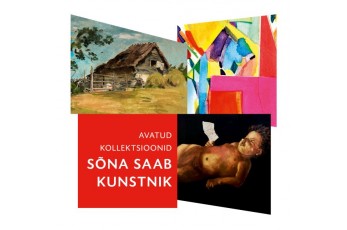The relationships of modern and contemporary artists to the artistic legacy have had their twists and turns. In the 19th century, art academies taught painting via copying, so that students could share in the power of the classics; the art revolution of the 20th century fought against tradition, while in the 21st century artists often define their works as research projects, with the objective of putting our knowledge and customary art historical treatments to the test, as they are never final and can always reveal new, unknown sides. “It is a steadily growing trend that includes the historical account, the archive, the document, the act of excavating and unearthing, the memorial, the art of reconstruction and re-enactment, and the testimony favoured by a growing number of artists of varying ages and backgrounds. We can call this the ‘meta-historical mode’, an important aspect of much artwork that assumes a curatorial character,” writes Dieter Roelstraete. The museum of the 21st century observes with great interest the meta-historical activities of artists in order to define the process whose aim is to depict the past from the viewpoint of the present, as a transhistorical way of thinking.
Open Collections. The Artist Takes the Floor invites visitors to walk through a forest of art history and sees to it that the walk is a meandering journey, taking museum-goers from main paths to enjoyable side trails which have not yet been fully assessed and categorised in art history.In inviting the artists, the curator considered their creative profiles with the aim of involving different media. Several invited artists made the initial choice of pieces of interest based on the electronic museum database MuIS and the digital collection of the Art Museum of Estonia, which was followed by actual work with the collection. The works of art on exhibit cover the period from the 17th to the 21st centuries.
Gallery name: Kumu exhibition spaces
Address: Weizenbergi 34 / Valge 1, Tallinn
Opening hours: Tue, Fri-Sun 10:00 - 18:00, Thu 10:00 - 20:00
Open: 05.07.2019 - 10.11.2019







